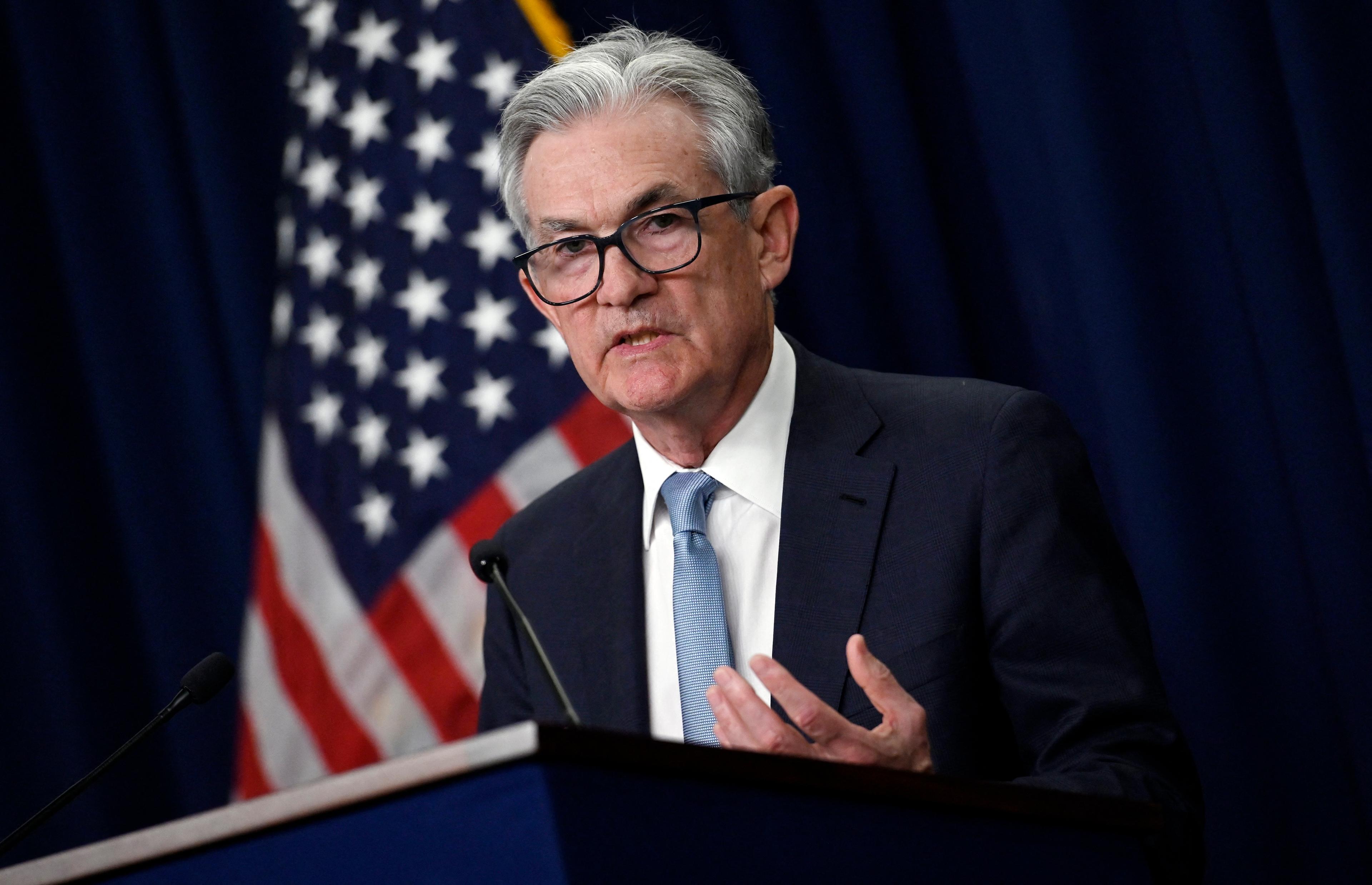The End of the Everything Boom (Plus: The Federal Reserve’s Risky Move)
The New York Times’ Kevin Roose joins to discuss drops in stocks, housing, and crypto
This is a huge week for economic and finance news. On Wednesday afternoon, the Federal Reserve raised interest rates by 0.75 percentage points, its biggest move since 1994. Derek breaks down what this means for your wallet and the future of the economy. Then he brings on The New York Times’ Kevin Roose for a conversation about the end of the “everything boom.” For the last decade-plus, just about every asset class has gone to the moon: stocks, housing, crypto. That era is over. But where did the everything boom come from? How did it change our lives, from cheap Uber rides to risky crypto projects? And what does it mean that this era is coming to a close? Derek and Kevin also talk about their idea of a “millennial consumer subsidy”—the notion that for many years venture capitalists subsidized ride-share and delivery companies in a way that was unsustainable and not all that great for the people behind the wheel.
In this excerpt, Thompson and Roose discuss the end of the “everything boom” and how low interest rates impact the entire economy.
Derek Thompson: The theme of today’s episode, which I am taking directly from our email exchange, Kevin, is the end of the “everything boom.” So I want to start by asking, what does the “everything boom” mean to you and why do you think it’s ending?
Kevin Roose: Well, the everything boom is not my phrase, it’s been appearing in stories for a while. But it’s basically this period that we’ve been in, this multiyear, you could call it 14-year bull market in which basically anywhere you put your money in the market, you were going to make money. We had stocks that have been just growing and growing and growing. We had a real estate market that was growing and growing and growing. All of these companies were awash in cash. We just had this cycle where money was essentially free because of the decisions of the federal reserve, which implemented what we tend to call a zero-interest rate policy, or a ZIRP.
One of my favorite blog posts of the past few years was by my friend, Ranjan Roy, who has a theory called “ZIRP explains the world.” And it’s basically this theory, which I mostly but don’t totally agree with, that everything weird in our economy for the past 10 years has been related in some pretty direct way to the availability of very, very low interest rate money. Money that was not free in technical terms—usually there’s some nominal interest rate—but it’s definitely low. And that the availability of that money just distorts the entire economy because—
Thompson: Distorts or at least affects the entire economy. I only want to amend the term “distort” because a lot of things that in the last 14 years that were happening were weird, but a lot of things were also wonderful. There were some wonderful things that were happening in terms of we had slow labor market recovery that was happening. You had people spending money on not only durable items, but also services. It was easy to get money if you were starting a company. And I’m very attracted to this idea. I love universal theories of everything. And I’m very attracted to this idea that if you sort of peeked behind the curtain of every single weird phenomenon, whether it was cheap Uber prices, or a slurry of crypto companies, or just it’s easy to get a car loan, you’ll peek behind the curtain, and, oh, there it is.
That’s why this is happening. It’s because interest rates are incredibly low and not only were the interest rates low, but also the federal reserve and a bunch of other central banks were injecting liquidity into the system through quantitative easing. They would buy assets from banks. They’d give the banks money. Suddenly the banks were like, “Wow, I got all this cash. What am I going to do? I’m going to lend it.” And that would also pull down interest rates, make it easier for people to buy houses. So, I agree. It’s a fashioning phenomenon that basically all the weirdness and the wonderfulness of the last few years, you can trace back to this zero interest rate policy. You can trace it back to ZIRP.
Roose: Yeah. And it makes sense in a classical economics perspective. If you can get better yield, if you can get more interest investing in riskier things, as you have been able to do for the past 10 years. Your bank was maybe going to pay you 0.1 percent interest on a savings account with them, which is basically a negative interest rate. So investors went looking for riskier stuff. Not just individuals; companies, hedge funds, private equity firms, angel investors, venture capitalists, soft bank. They all just went looking for more and more yield, and that resulted in these risky propositions becoming very viable. It resulted in dog-walking companies raising billions of dollars from venture capitalists. It resulted in cheap Uber prices. It resulted in crypto because we had, all of a sudden, this asset class that seemed to be doing better for people in a return sense than just stashing their money away in a savings account somewhere.
This excerpt was lightly edited for clarity.
Host: Derek Thompson
Guest: Kevin Roose
Producer: Devon Manze
Subscribe: Spotify

